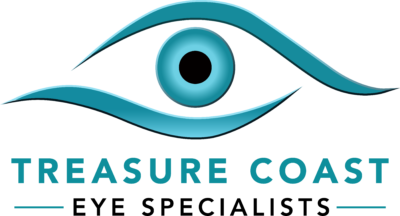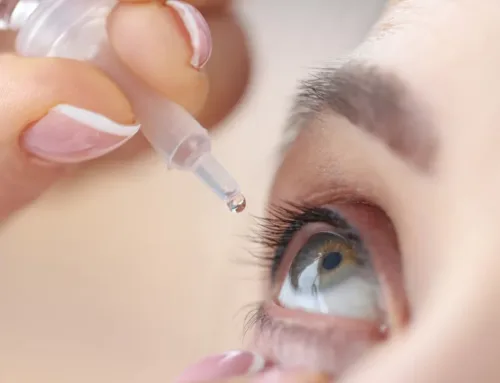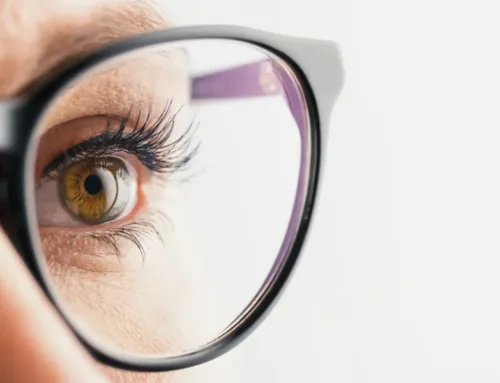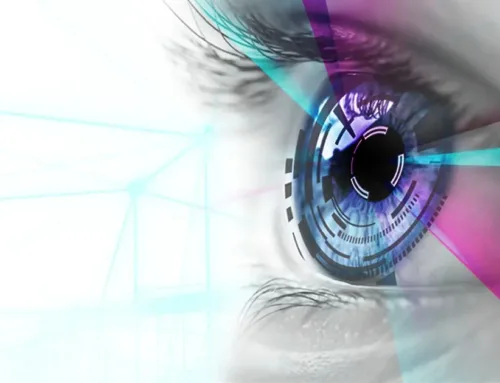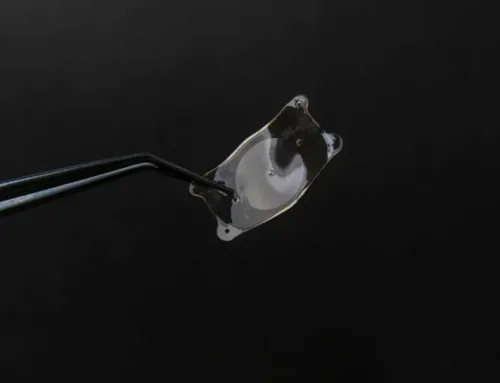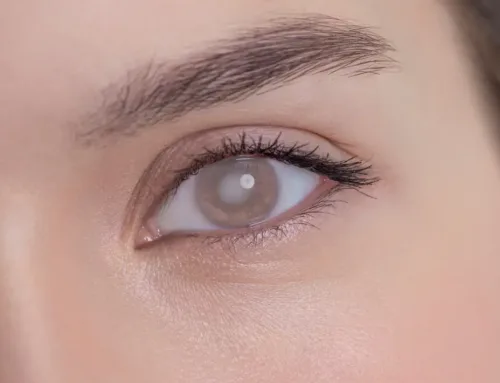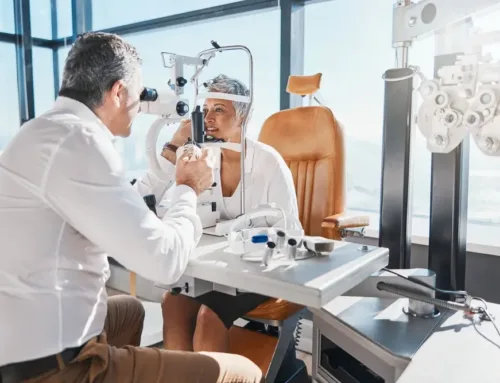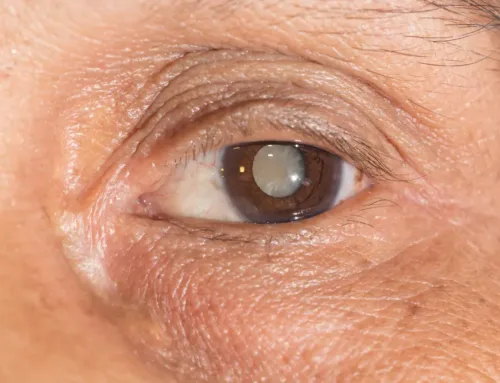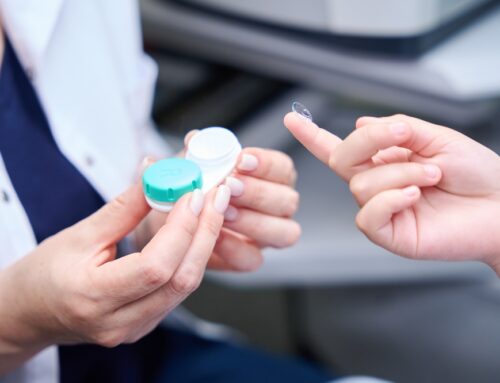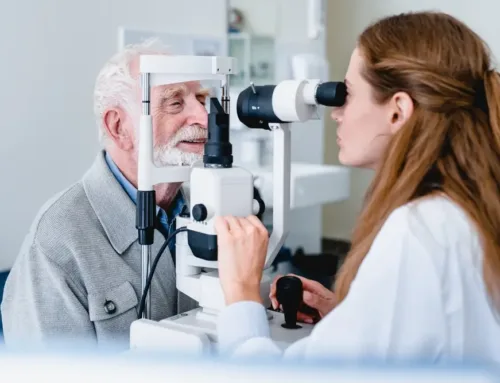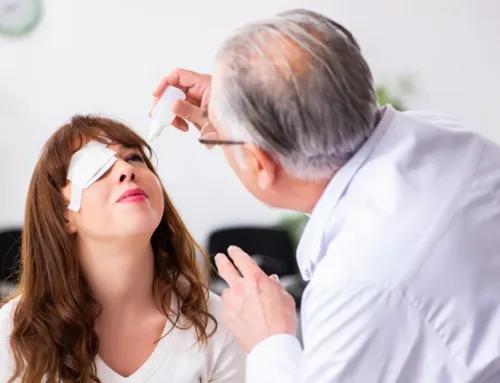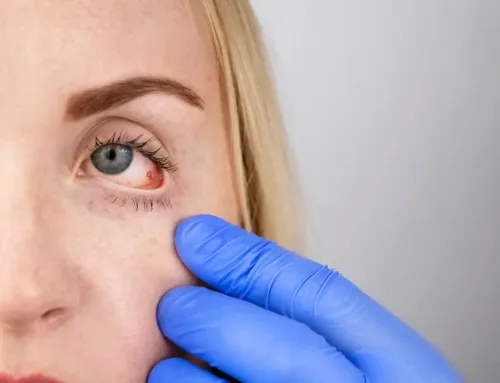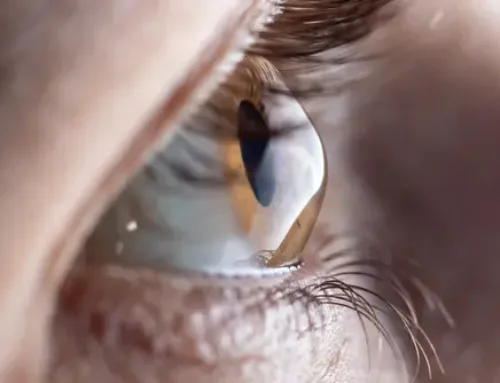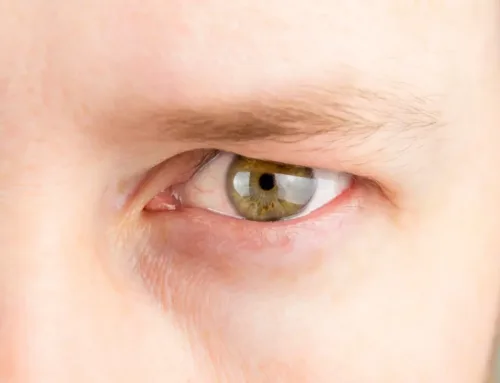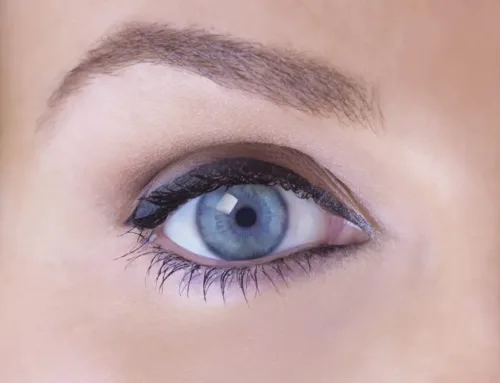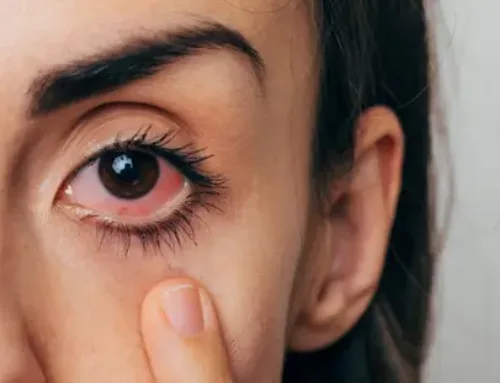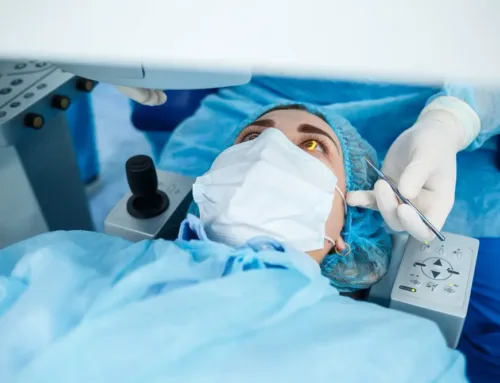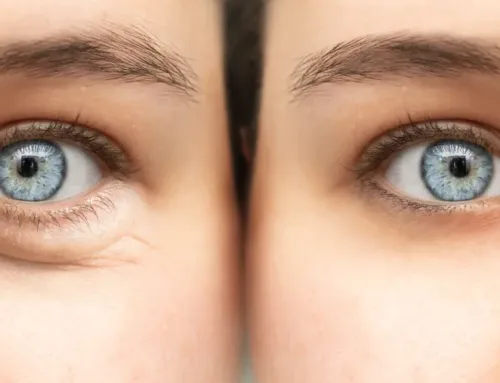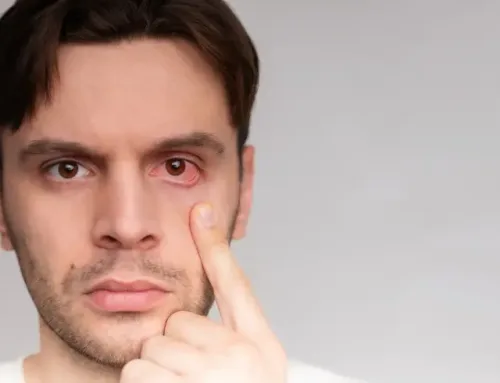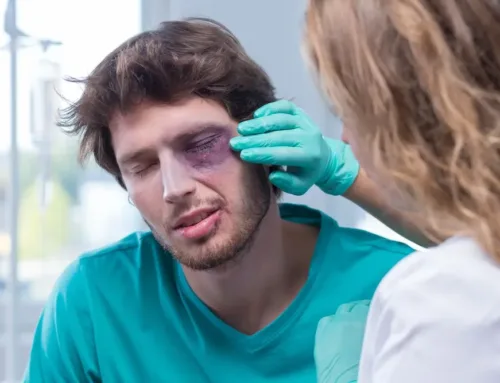Cataracts are an eye condition that is common in older adults. More than 50% of Americans will have had a cataract or undergone surgery to fix it by age 80. But it does not mean younger people are completely safe from this eye problem.
Who Are At Risk For Cataracts?
Cataracts may develop when you reach 40 years old. At this age, the proteins in the eye begin to break down and clump, creating a cloudy area on the lens, which is a cataract. Aside from aging, there is no definite known cause of cataracts. However, certain factors increase an individual’s risk of developing this condition.
It includes:
- Diabetes
- Serious eye injury
- Surgery for treating eye conditions like glaucoma
- Radiation treatment for diseases like cancer
- Use of corticosteroid medications
- A family history of cataracts
- Ultraviolet radiation due to prolonged sun exposure
- Too much alcohol
- Smoking
Therefore, it is possible to develop cataracts at any age. 
Cataracts In Children
Although rare, children can still have cataracts. But the cause is generally different from the cataracts older people get. Some cataracts in children are congenital. It can happen when they inherit a faulty gene from their parents or when the mother catches a specific infection during pregnancy. Cataracts can appear in one or both eyes of a child. Children with genetic conditions like Down’s syndrome and an eye injury after birth are also at risk of acquiring cataracts.
Do You Have Cataracts?
Sometimes, the cataracts become completely white, to the point where you can easily see them in the mirror. However, most cataracts are not visible to the naked eye.
If you want to know whether you have this condition, check out these symptoms:
- Cloudy or blurry vision
- Double vision
- Fading colors
- Difficulty seeing at night
- Seeing a halo around lights
- Sensitivity to light
- Frequent changes in glasses or contact prescription
Even if you checked everything on the list, it is important to get a proper diagnosis from your eye doctor.
Cataract Diagnosis
To determine whether you have a cataract, a comprehensive eye examination is necessary.
The examination may include the following:
Visual Acuity
This test measures how well you can read a series of letters on a chart or viewing device set at a certain distance.
Slit-Lamp Examination
The doctor will use a specialized lamp to have a magnified view of the front structures of the eye, such as the cornea and lens.
Retinal Exam
This exam is also helpful in determining the signs of cataracts. The doctor dilates your pupils by using eye drops. With dilated pupils, they will be able to see and inspect the retina clearly.
Preventing Cataract
If you have a cataract and want to get rid of it, your only option is surgery. The process is invasive. Your lens will be removed and replaced with an artificial one.
As always, prevention is better than cure. You don’t have to be one of the millions of individuals with cataracts. Several strategies may help prevent this problem’s development, like scheduling regular examinations, reducing sunlight exposure, ditching cigarettes, and avoiding the risk factors listed above.
For more on cataracts and cataract surgery, talk to the experts at Treasure Coast Eye Specialists. Visit our offices in Port Saint Lucie or Stuart, Florida. To book an appointment, call 772-400-2400 or 772-286-0007.

